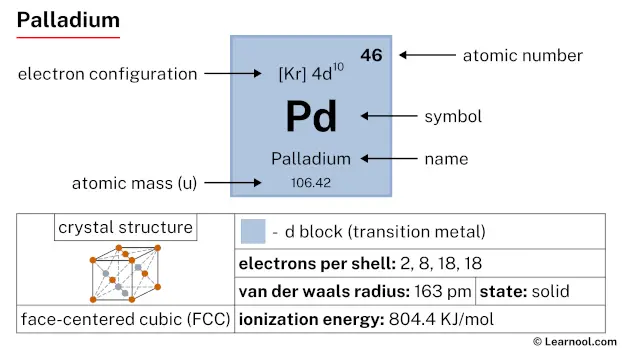
Palladium (Pd) is a chemical element of the periodic table, located in the group 10 and the period 5, and has the atomic number 46. It is a rare, lustrous, silvery-white transition metal, which is named after the asteroid Pallas.
On periodic table
| group | ⇨ | 1 | 2 | 3 | 4 | 5 | 6 | 7 | 8 | 9 | 10 | 11 | 12 | 13 | 14 | 15 | 16 | 17 | 18 |
| period | ⇩ | ||||||||||||||||||
| 1 | 1 H 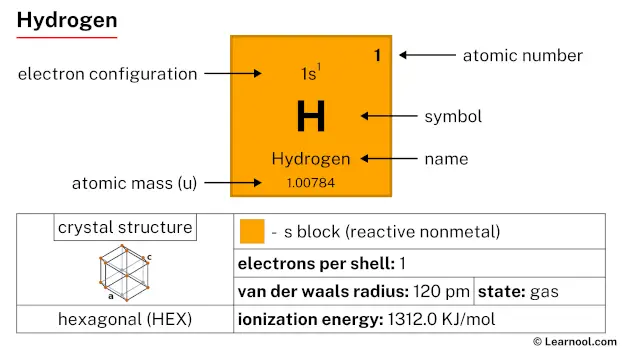 Hydrogen |
2 He 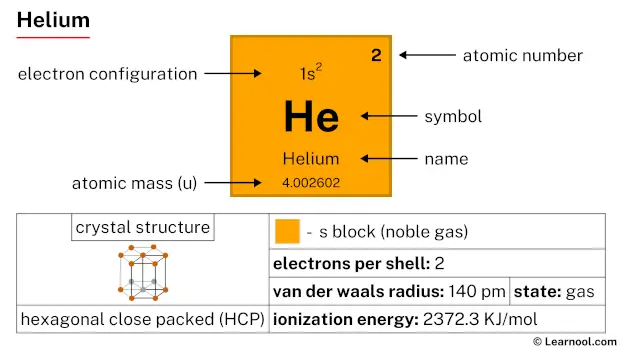 Helium |
|||||||||||||||||
| 2 | 3 Li 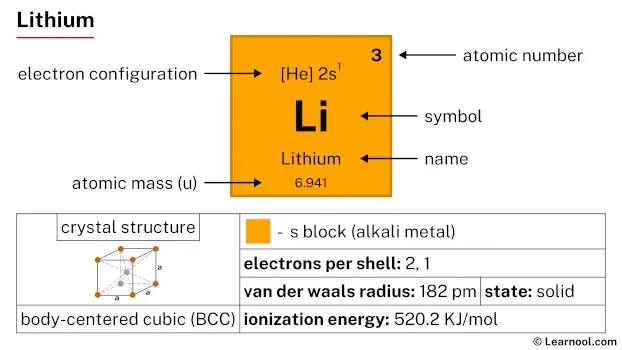 Lithium |
4 Be 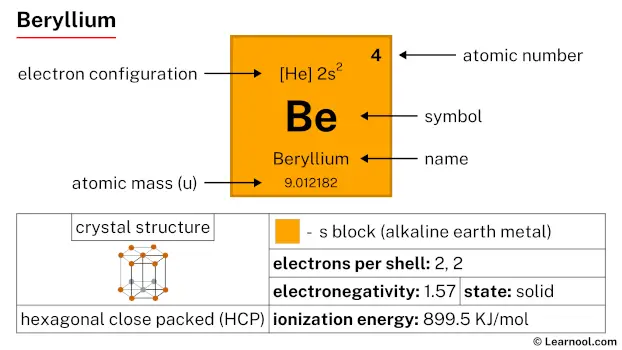 Beryllium |
5 B 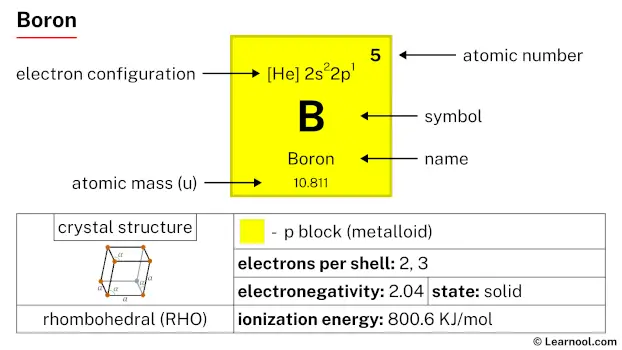 Boron |
6 C 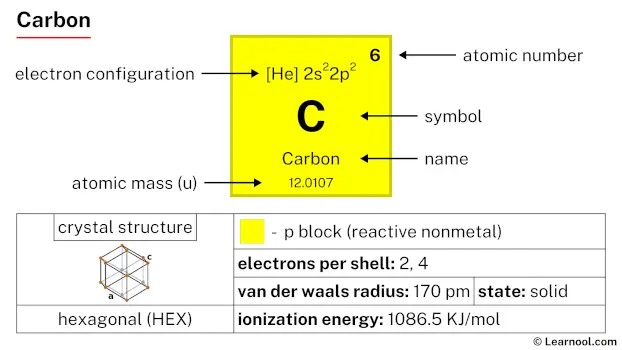 Carbon |
7 N 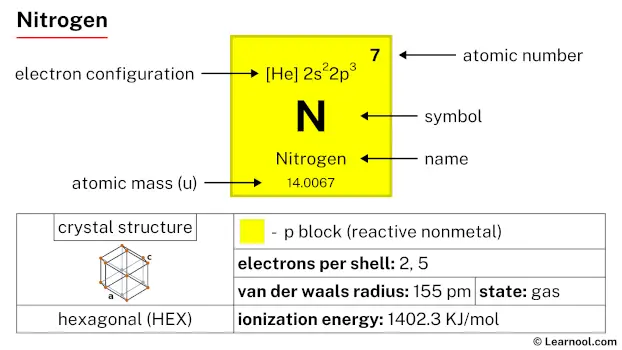 Nitrogen |
8 O 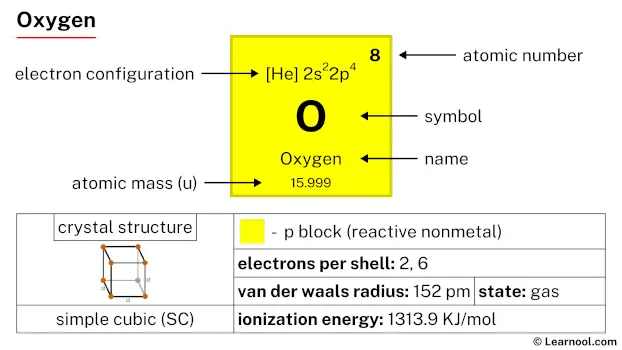 Oxygen |
9 F 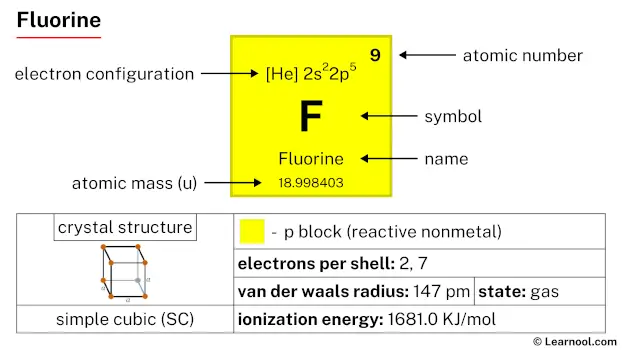 Fluorine |
10 Ne 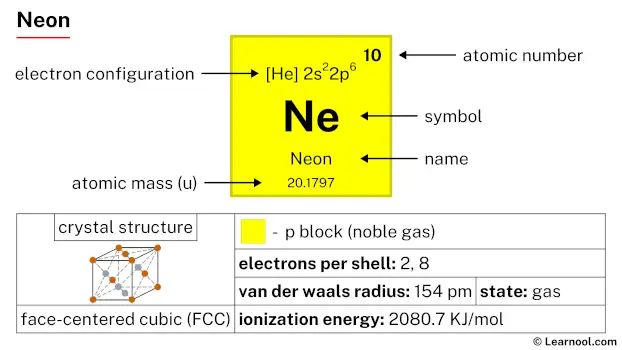 Neon |
|||||||||||
| 3 | 11 Na 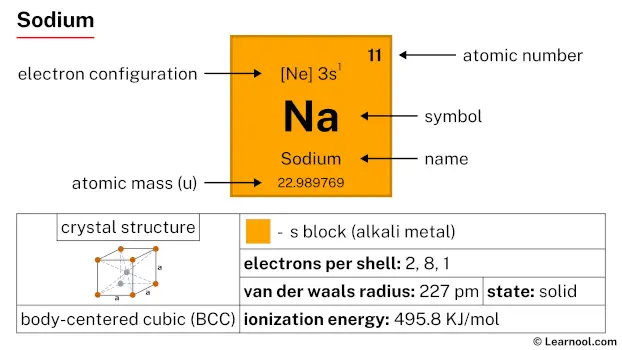 Sodium |
12 Mg 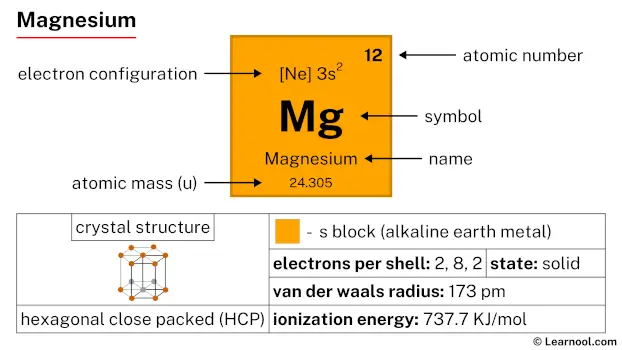 Magnesium |
13 Al 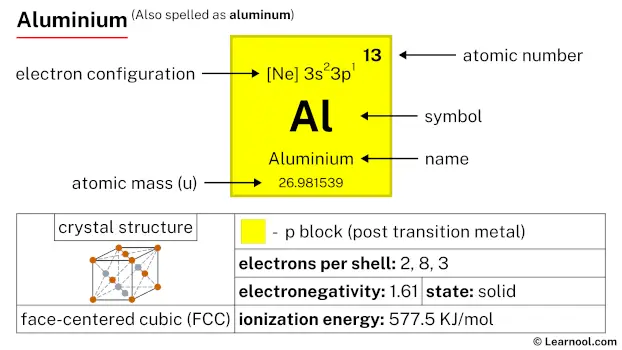 Aluminium |
14 Si Silicon |
15 P 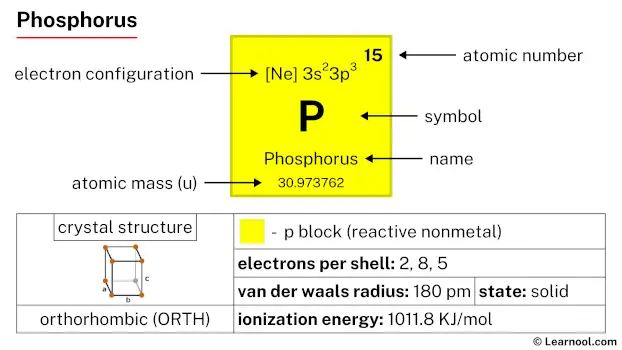 Phosphorus |
16 S 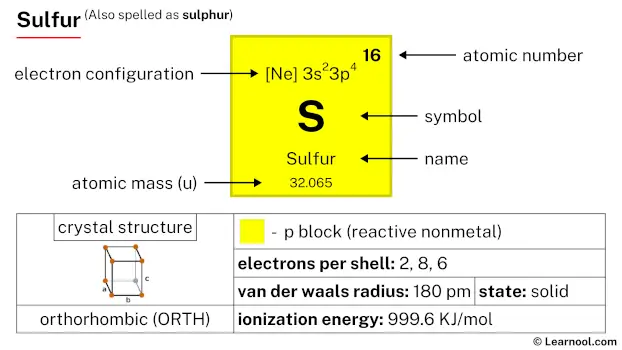 Sulfur |
17 Cl 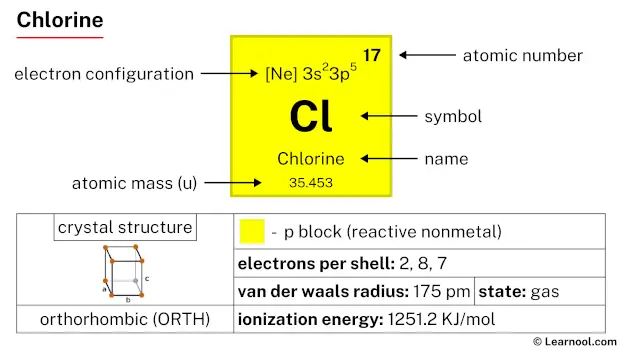 Chlorine |
18 Ar 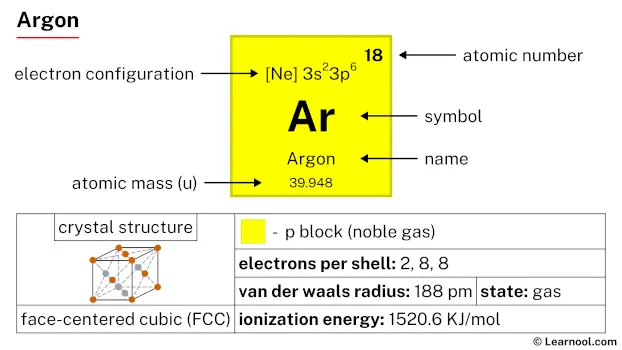 Argon |
|||||||||||
| 4 | 19 K 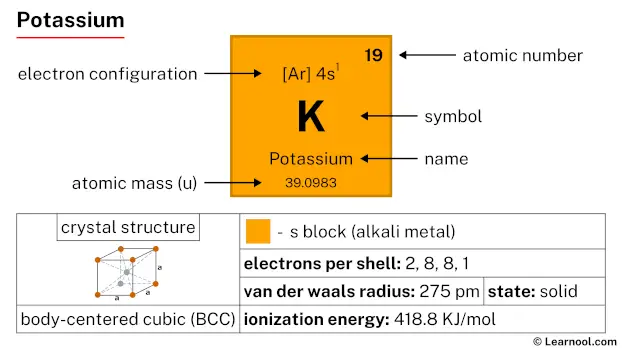 Potassium |
20 Ca 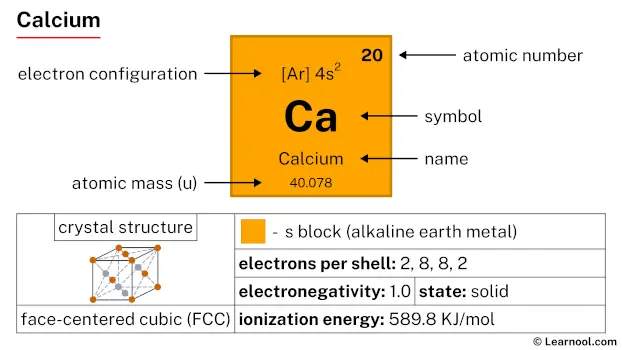 Calcium |
21 Sc 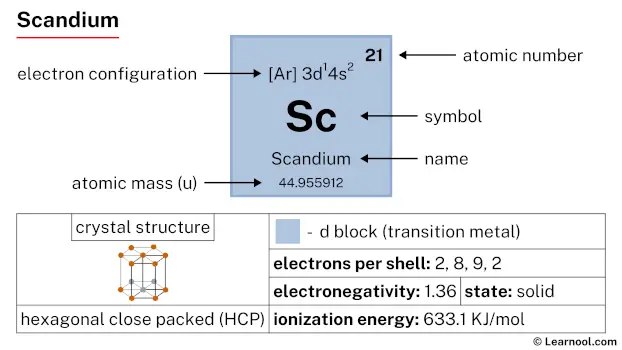 Scandium |
22 Ti 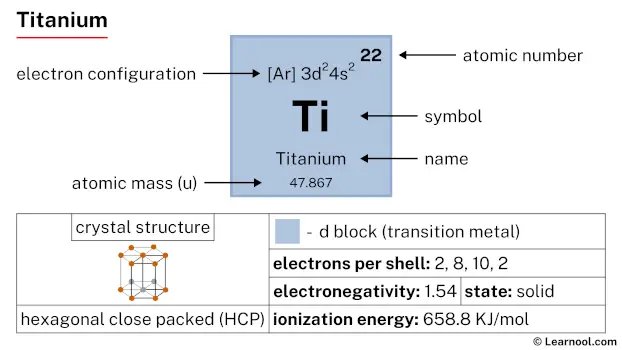 Titanium |
23 V 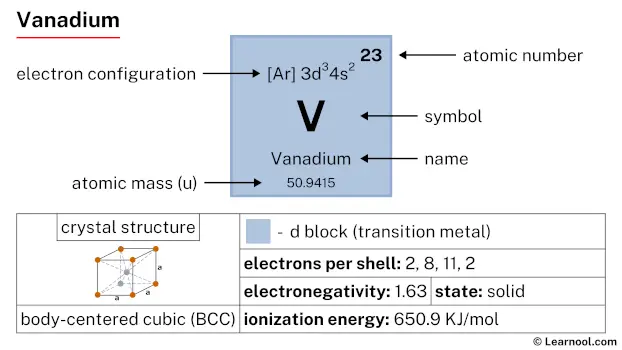 Vanadium |
24 Cr 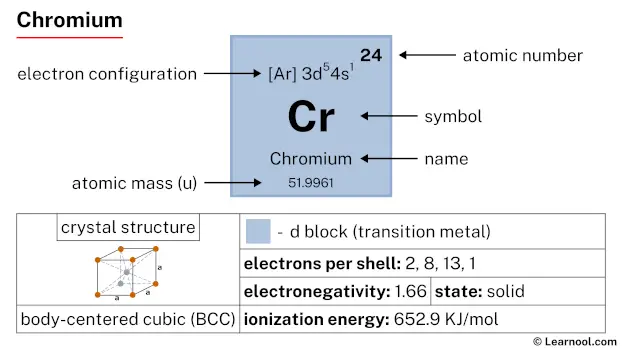 Chromium |
25 Mn 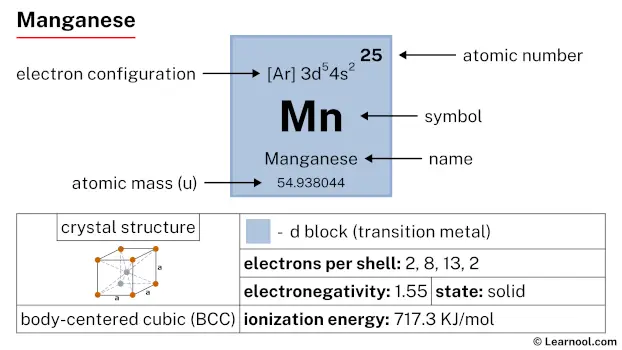 Manganese |
26 Fe 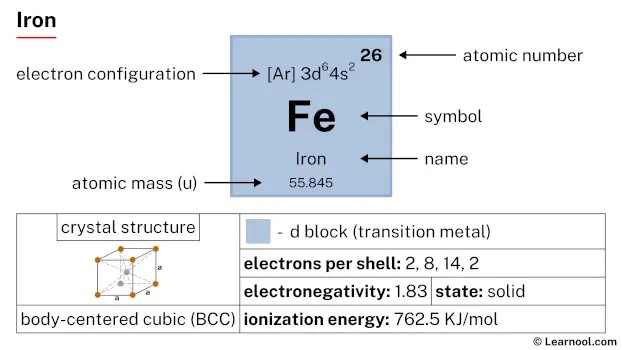 Iron |
27 Co 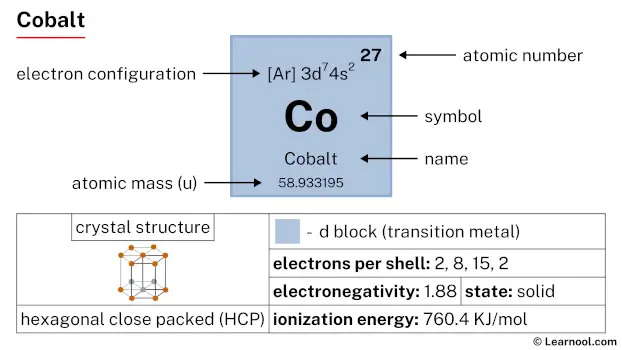 Cobalt |
28 Ni 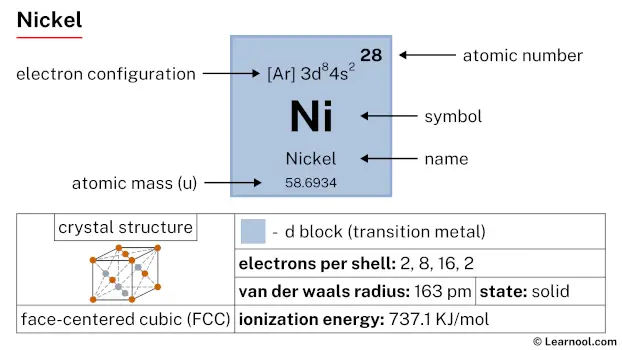 Nickel |
29 Cu 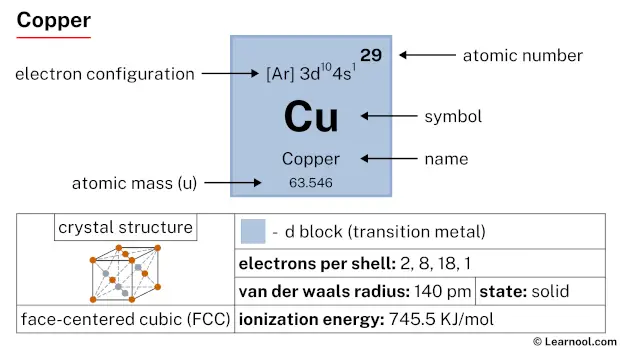 Copper |
30 Zn 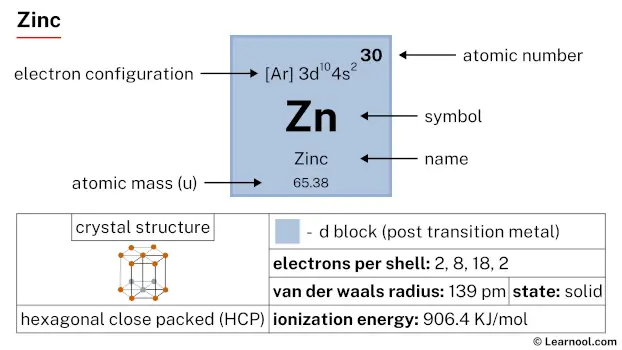 Zinc |
31 Ga 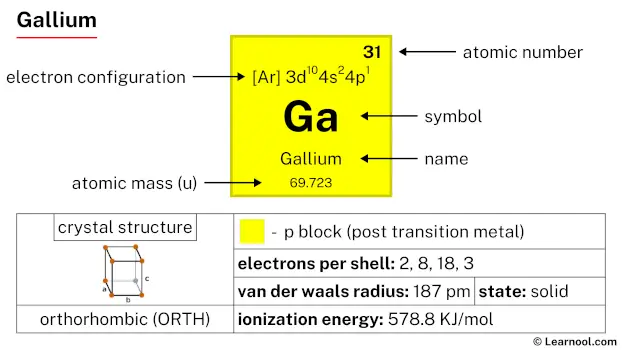 Gallium |
32 Ge 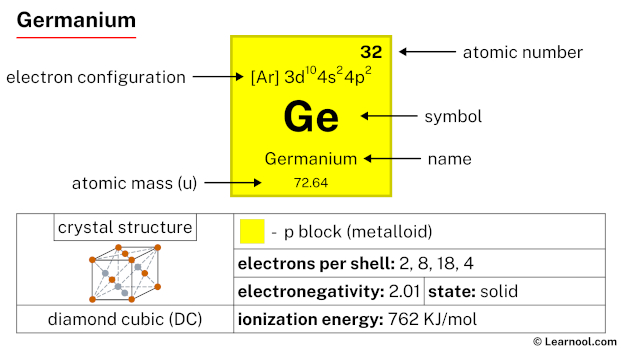 Germanium |
33 As 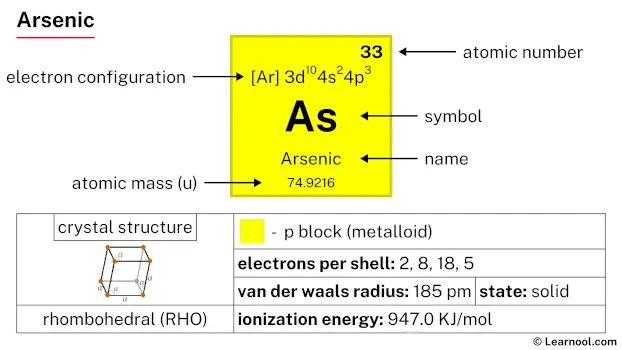 Arsenic |
34 Se 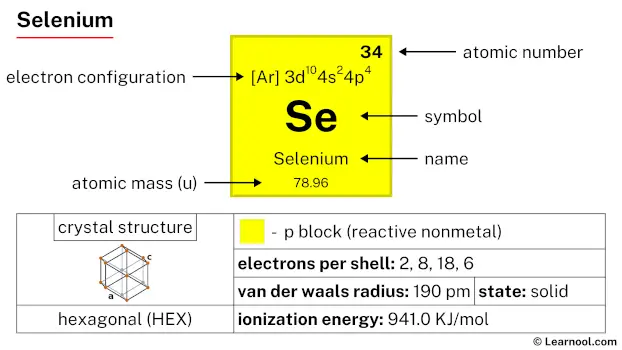 Selenium |
35 Br 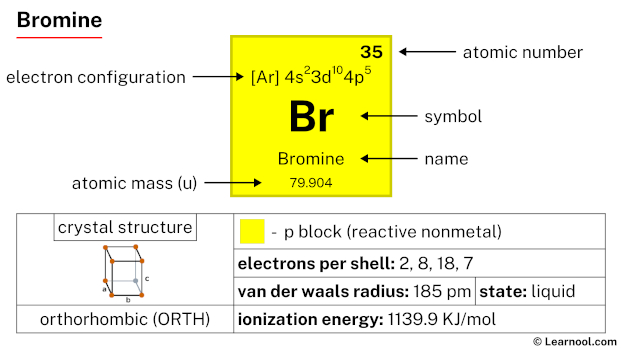 Bromine |
36 Kr 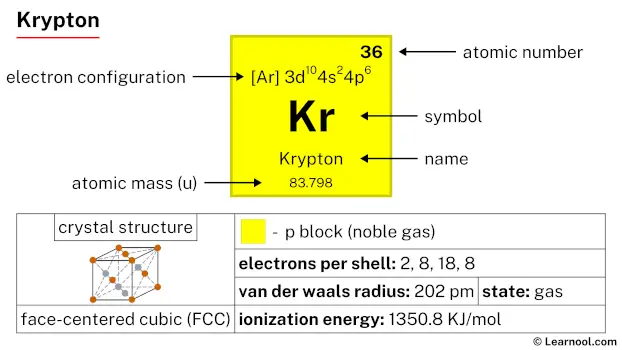 Krypton |
|
| 5 | 37 Rb 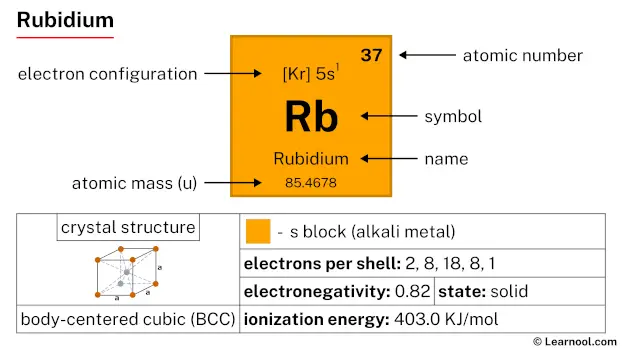 Rubidium |
38 Sr 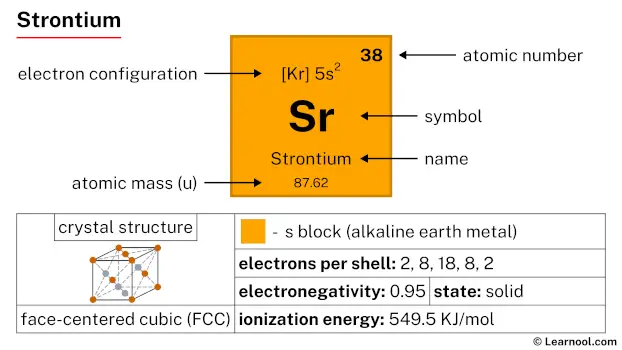 Strontium |
39 Y 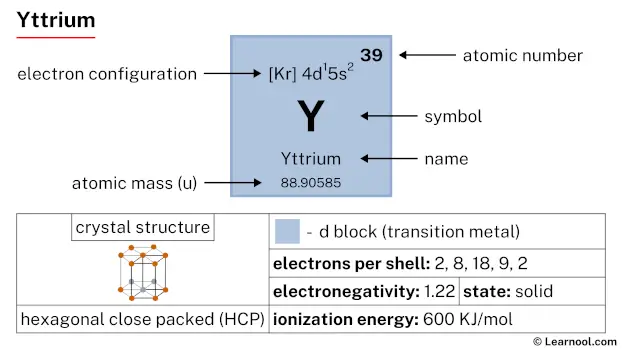 Yttrium |
40 Zr 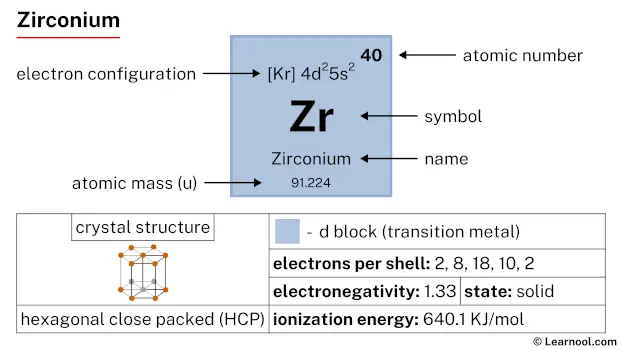 Zirconium |
41 Nb 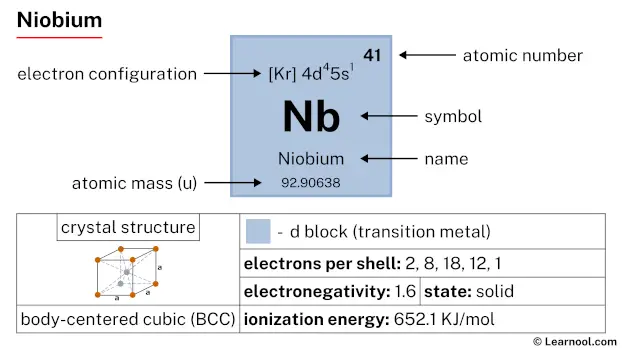 Niobium |
42 Mo 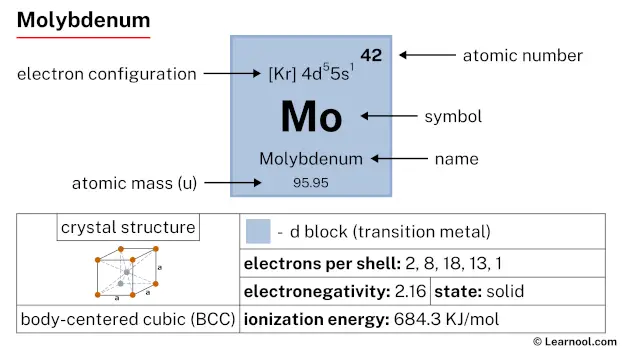 Molybdenum |
43 Tc 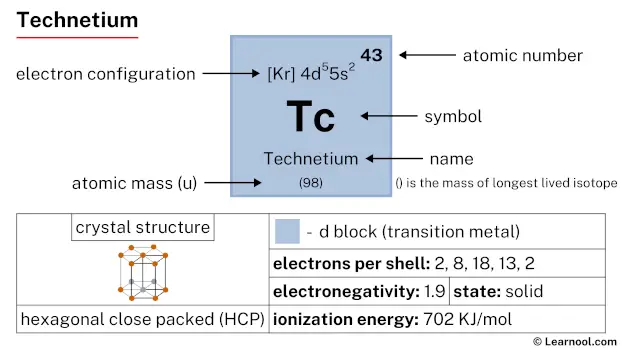 Technetium |
44 Ru 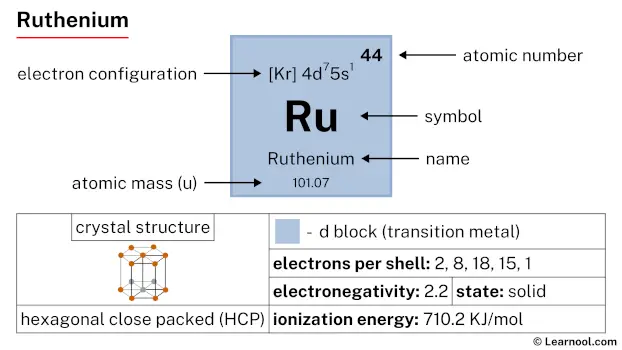 Ruthenium |
45 Rh 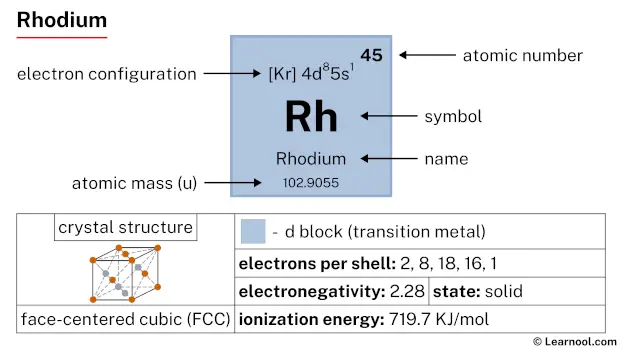 Rhodium |
46 Pd Palladium |
47 Ag 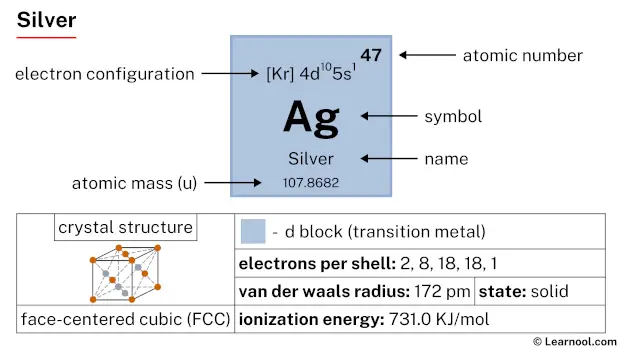 Silver |
48 Cd 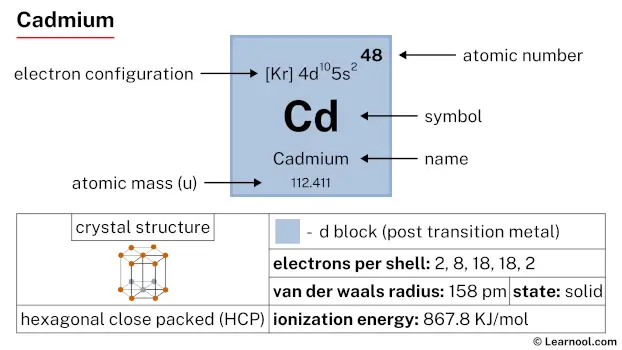 Cadmium |
49 In 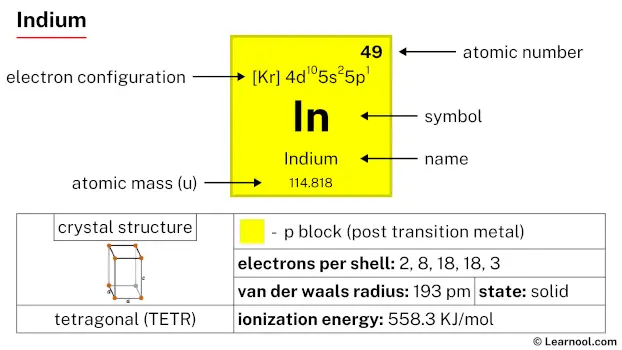 Indium |
50 Sn 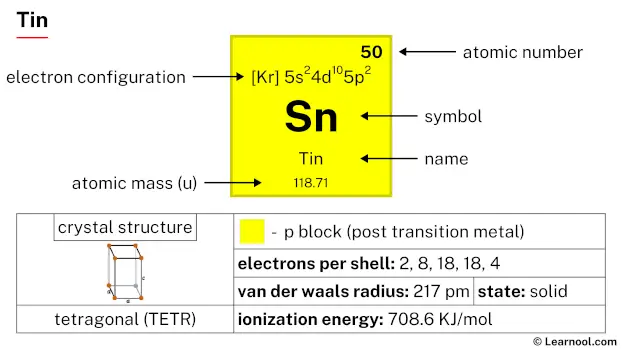 Tin |
51 Sb 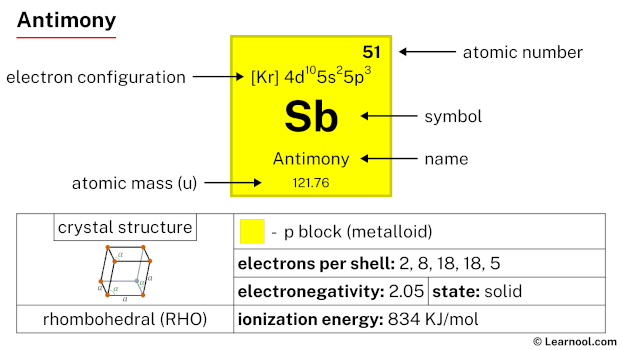 Antimony |
52 Te 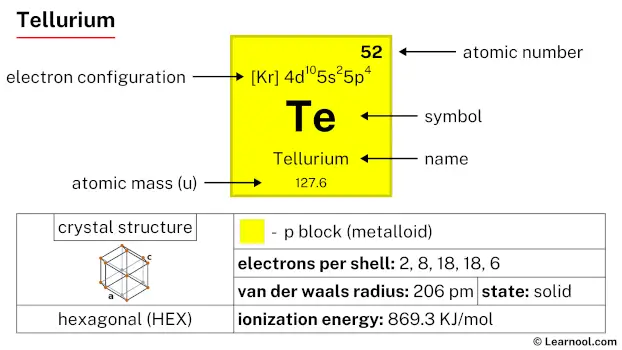 Tellurium |
53 I 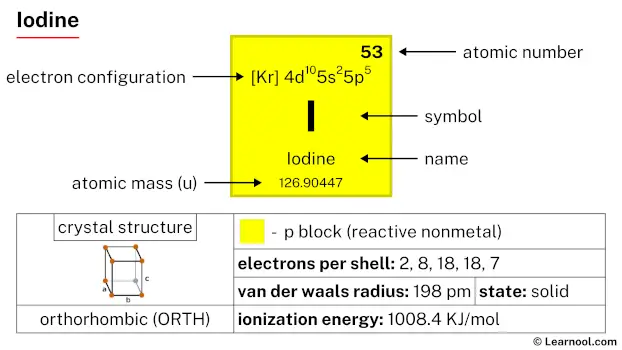 Iodine |
54 Xe 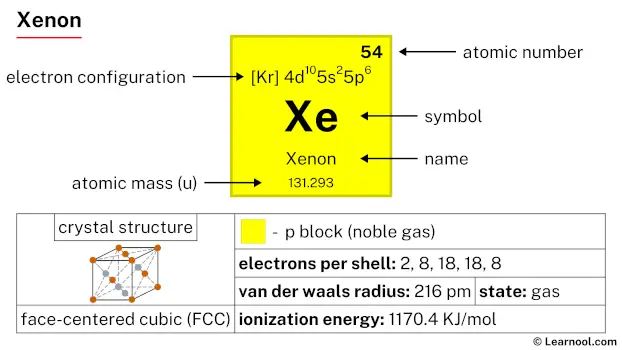 Xenon |
|
| 6 | 55 Cs 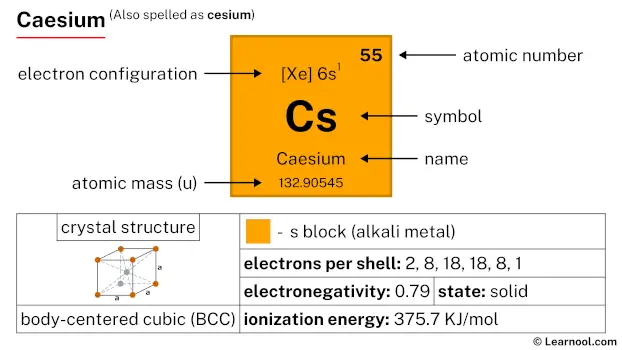 Caesium |
56 Ba 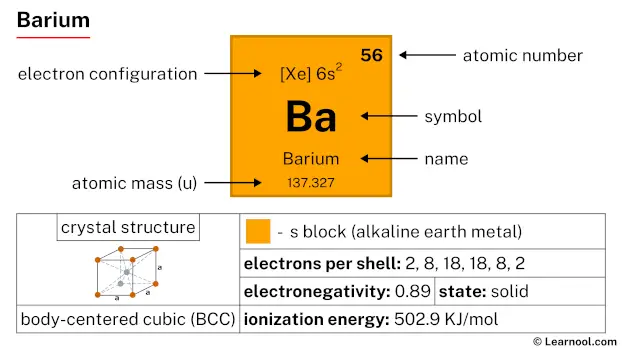 Barium |
72 Hf 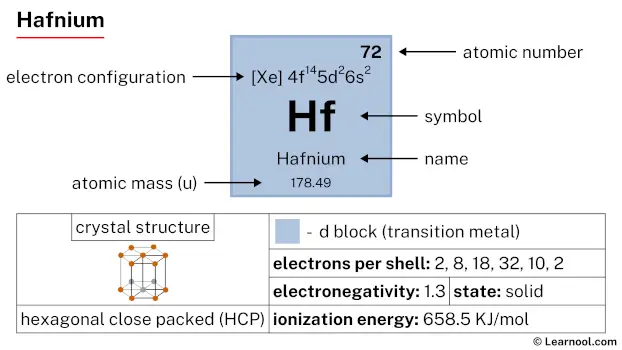 Hafnium |
73 Ta  Tantalum |
74 W 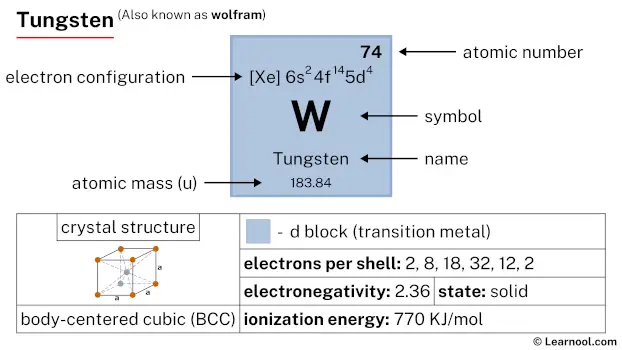 Tungsten |
75 Re 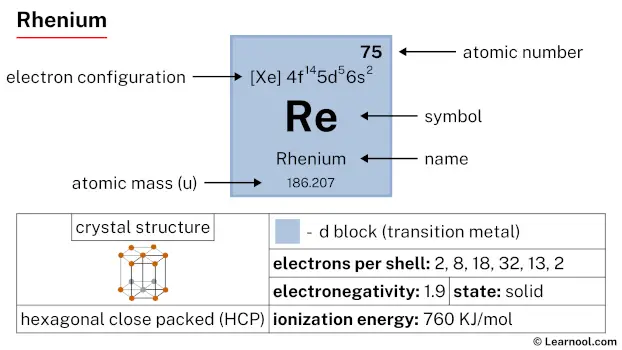 Rhenium |
76 Os 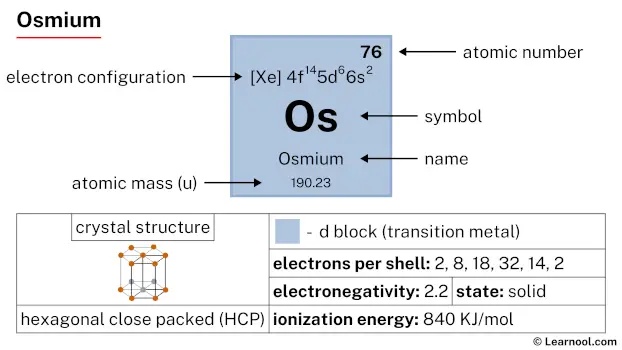 Osmium |
77 Ir 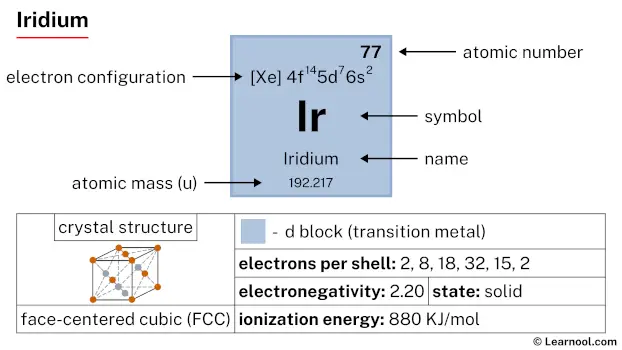 Iridium |
78 Pt 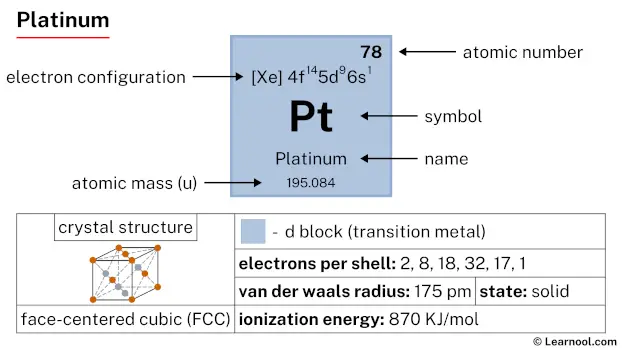 Platinum |
79 Au 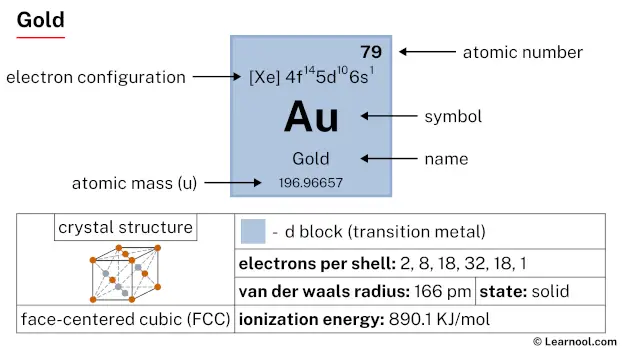 Gold |
80 Hg 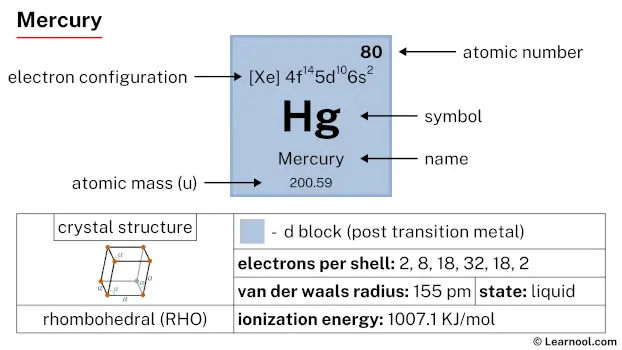 Mercury |
81 Tl 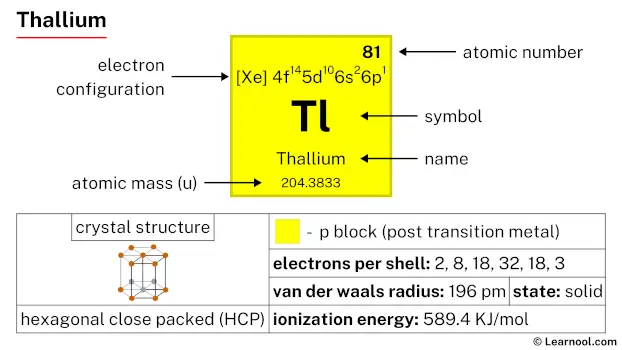 Thallium |
82 Pb 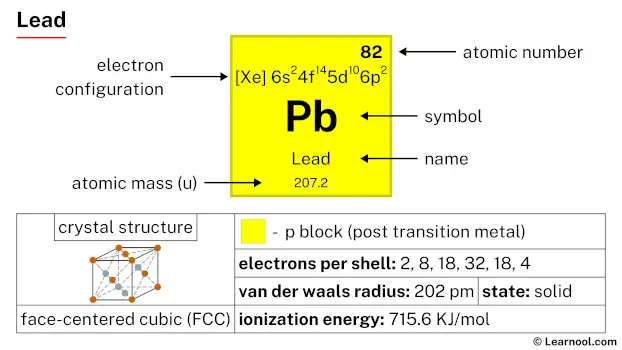 Lead |
83 Bi 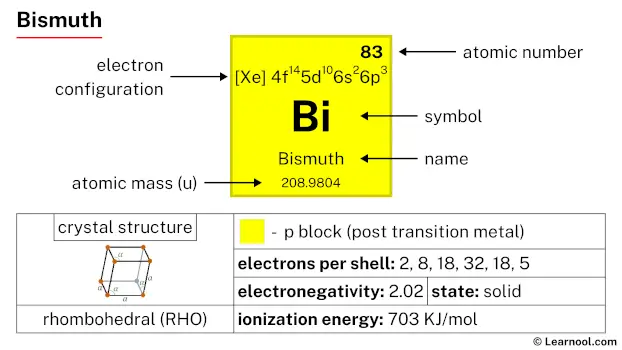 Bismuth |
84 Po 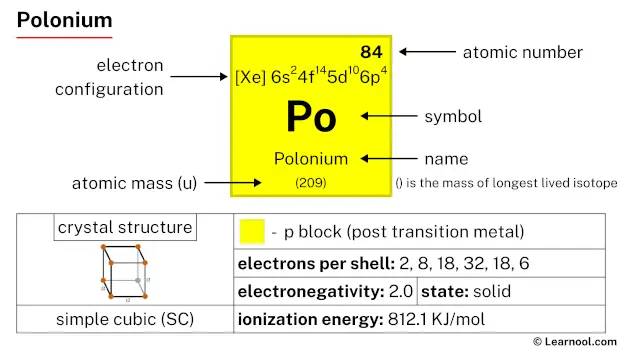 Polonium |
85 At 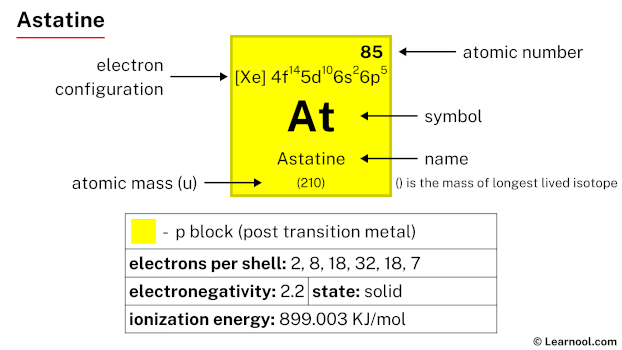 Astatine |
86 Rn 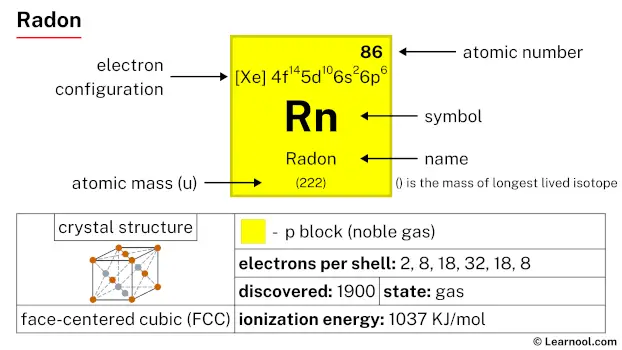 Radon |
||
| 7 | 87 Fr 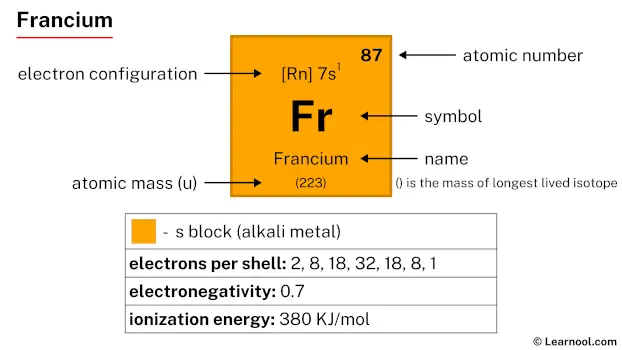 Francium |
88 Ra 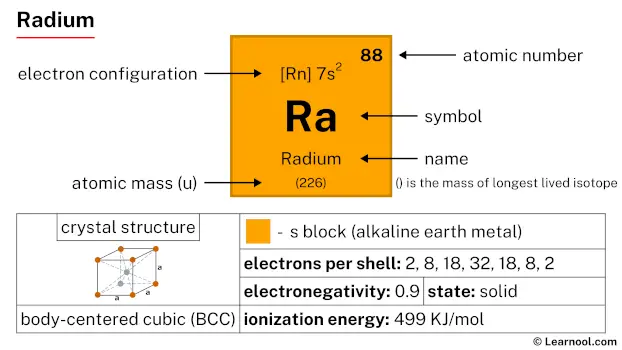 Radium |
104 Rf 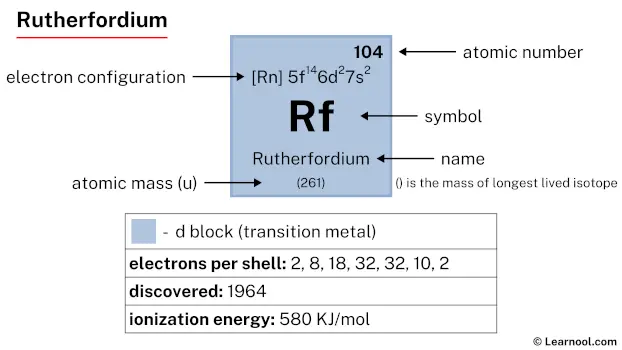 Rutherfordium |
105 Db 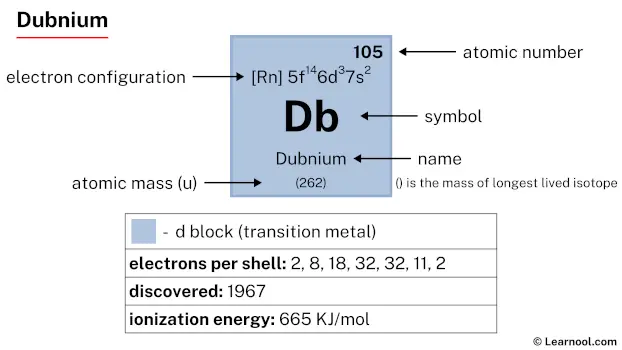 Dubnium |
106 Sg 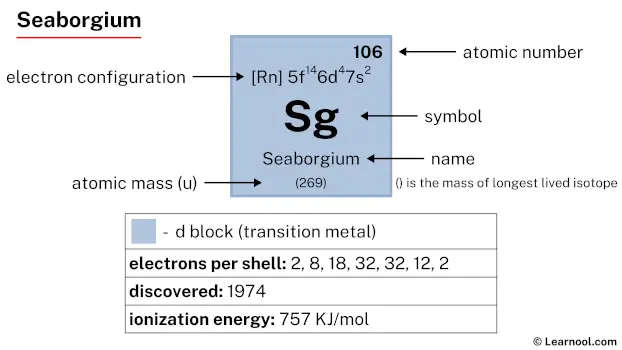 Seaborgium |
107 Bh 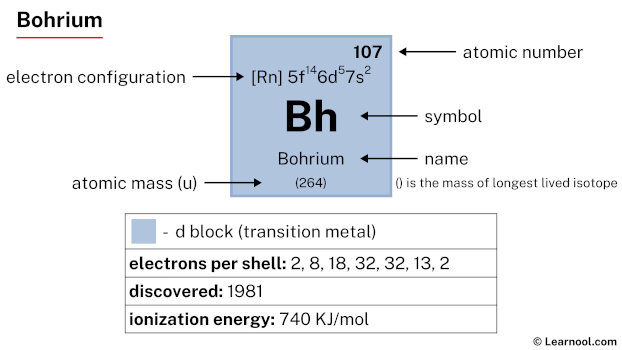 Bohrium |
108 Hs 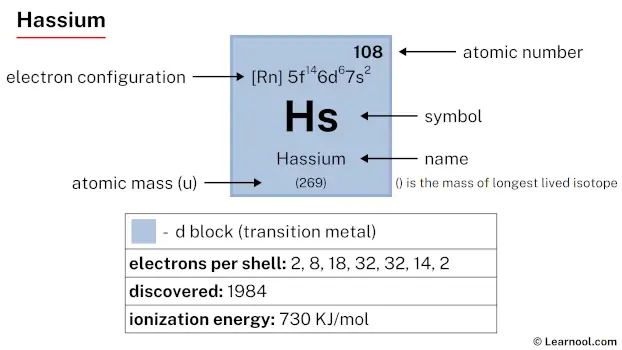 Hassium |
109 Mt 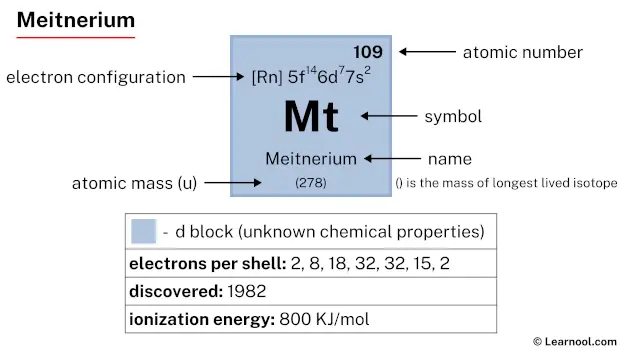 Meitnerium |
110 Ds 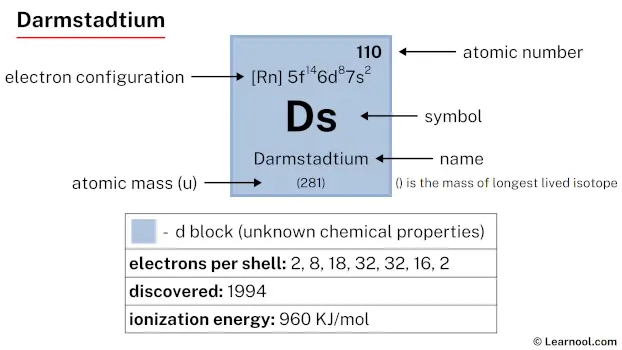 Darmstadtium |
111 Rg 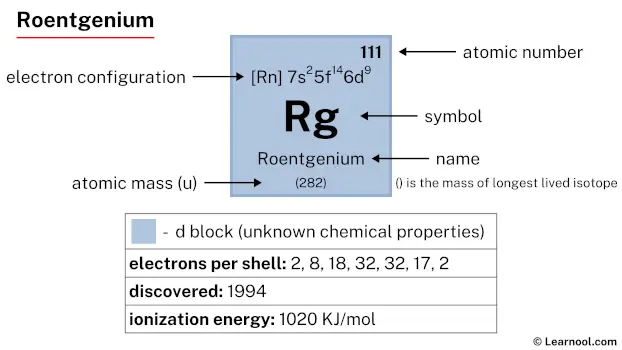 Roentgenium |
112 Cn 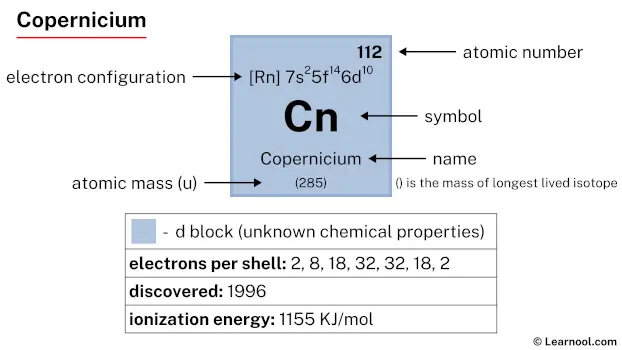 Copernicium |
113 Nh 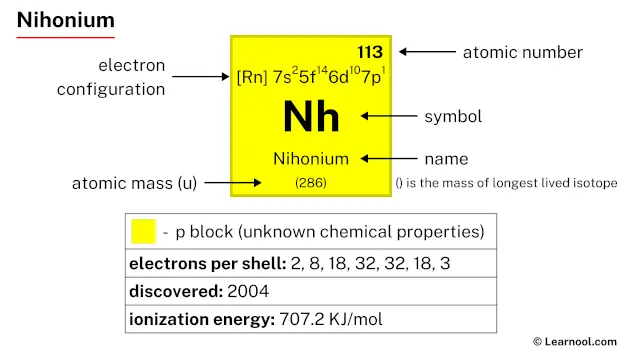 Nihonium |
114 Fl 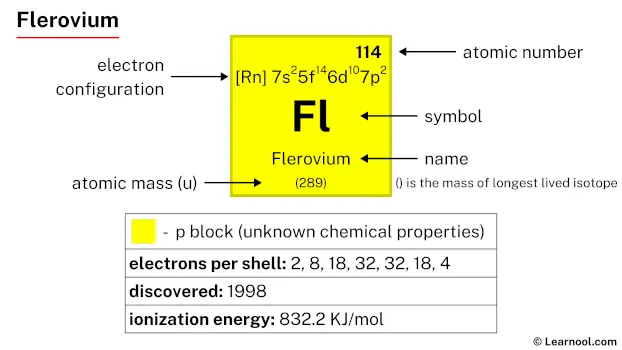 Flerovium |
115 Mc 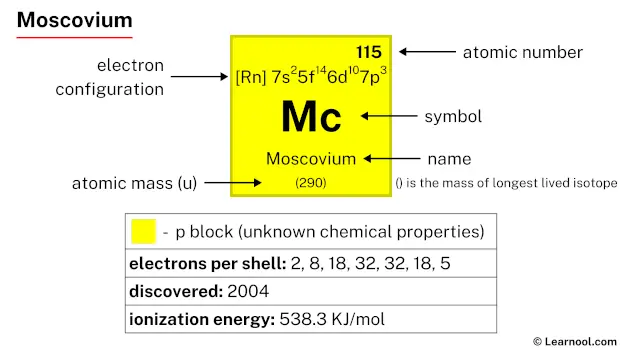 Moscovium |
116 Lv 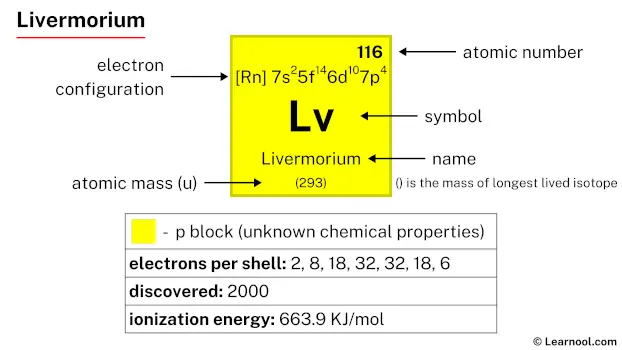 Livermorium |
117 Ts 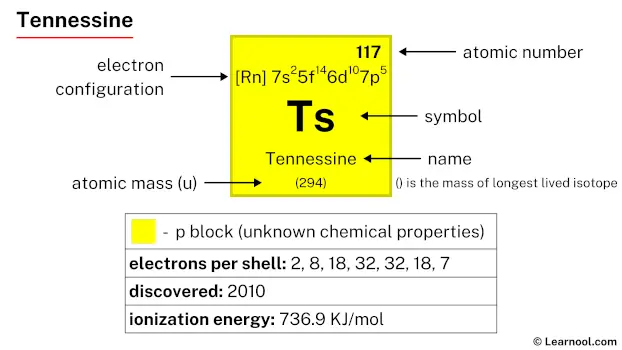 Tennessine |
118 Og 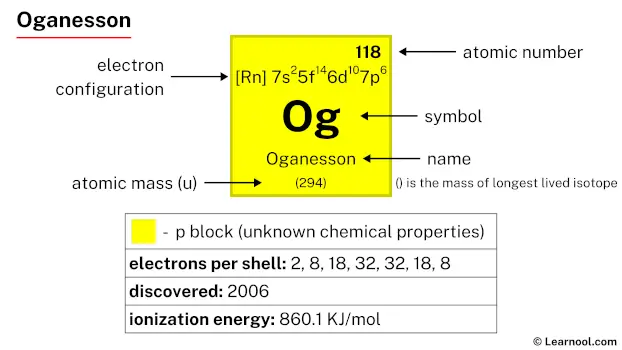 Oganesson |
||
| 57 La 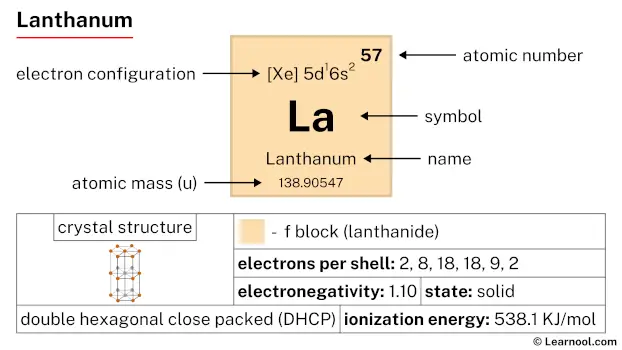 Lanthanum |
58 Ce 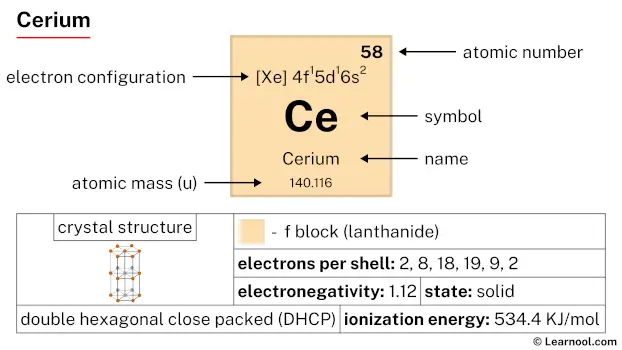 Cerium |
59 Pr 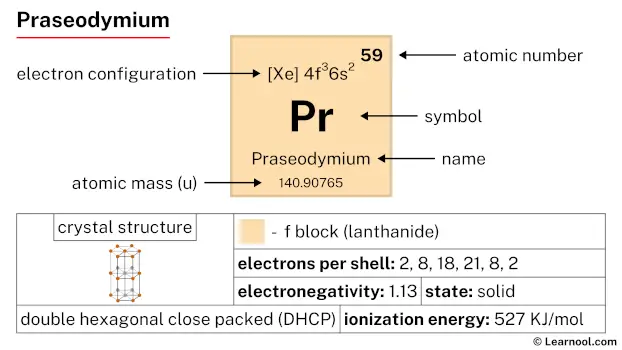 Praseodymium |
60 Nd 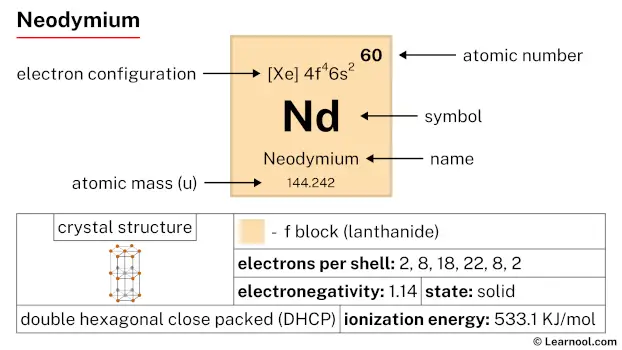 Neodymium |
61 Pm 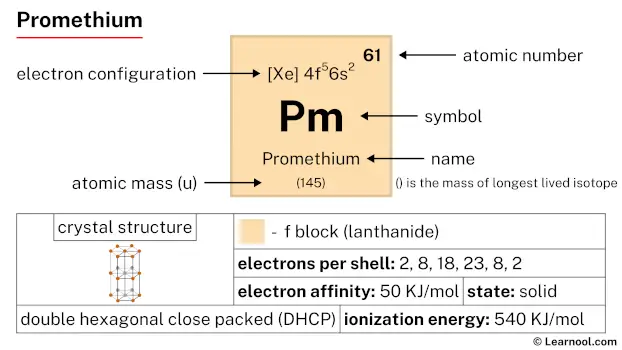 Promethium |
62 Sm 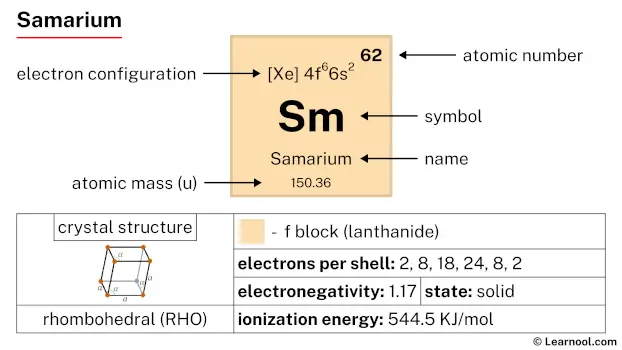 Samarium |
63 Eu 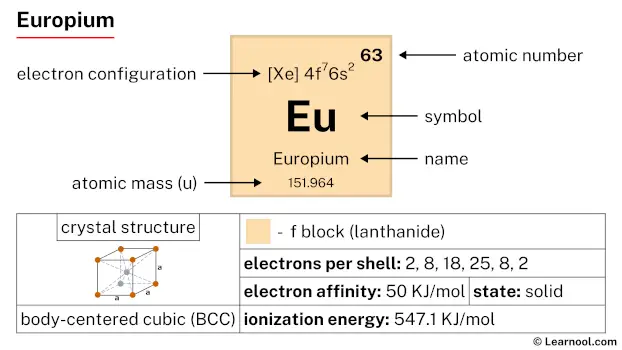 Europium |
64 Gd 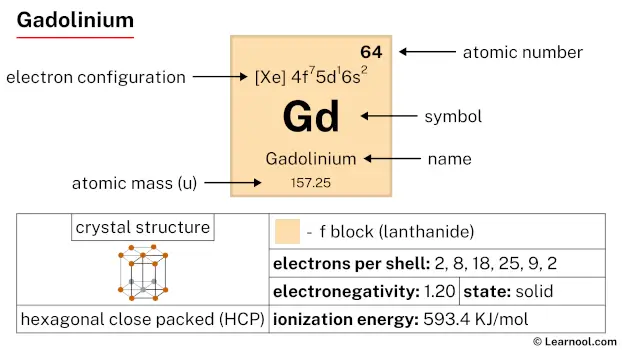 Gadolinium |
65 Tb 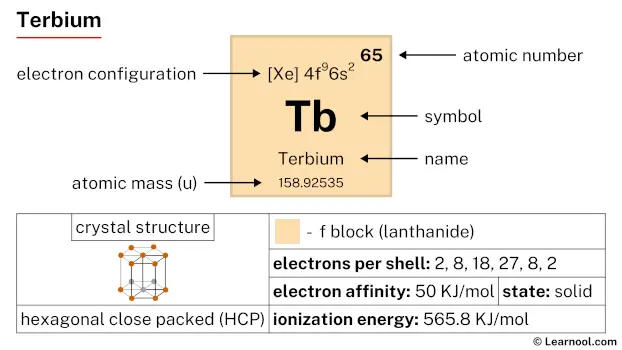 Terbium |
66 Dy 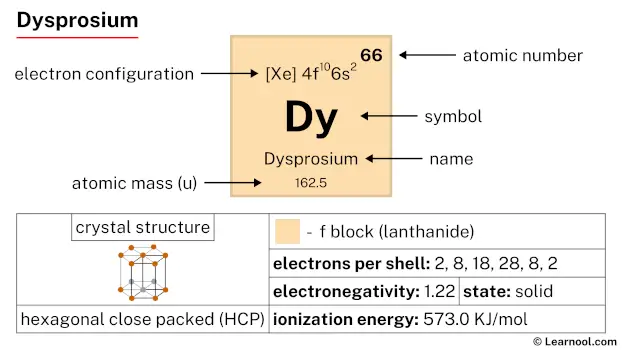 Dysprosium |
67 Ho 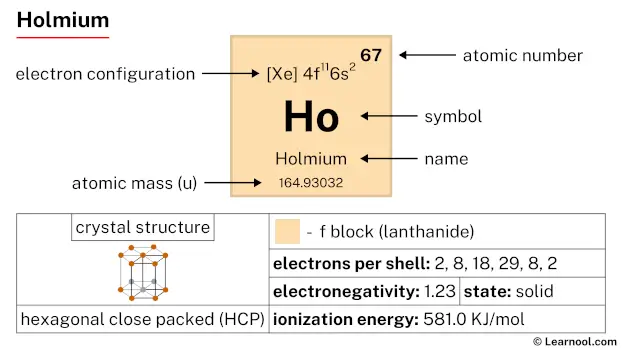 Holmium |
68 Er 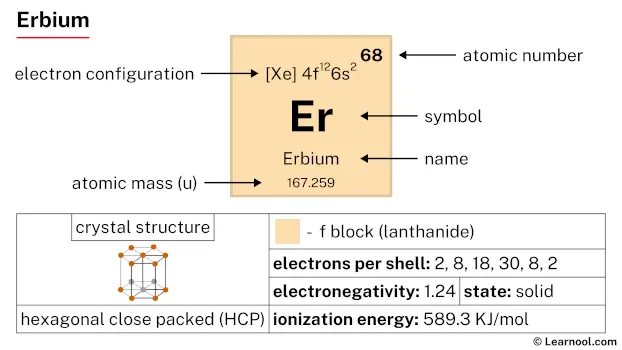 Erbium |
69 Tm 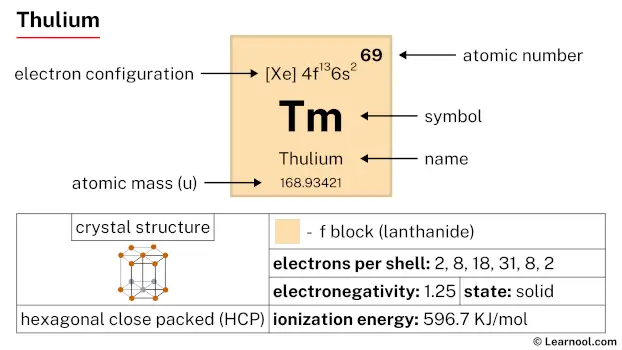 Thulium |
70 Yb 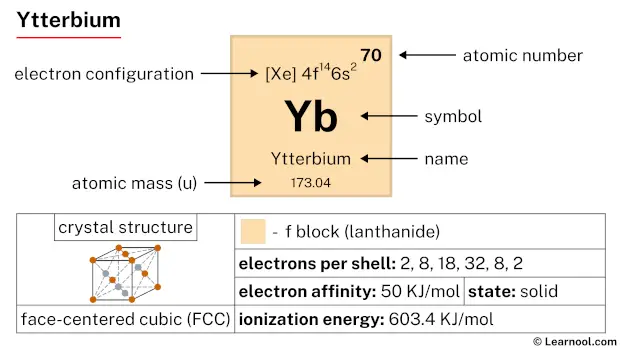 Ytterbium |
71 Lu 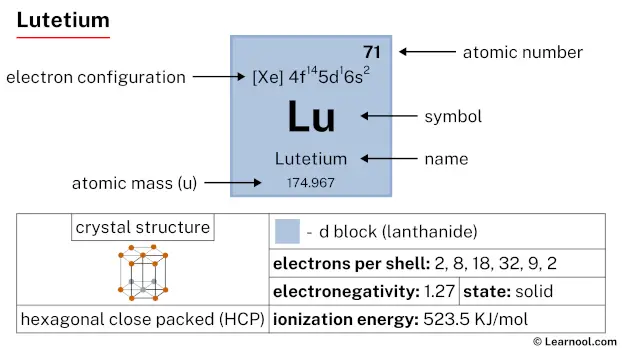 Lutetium |
|||||
| 89 Ac 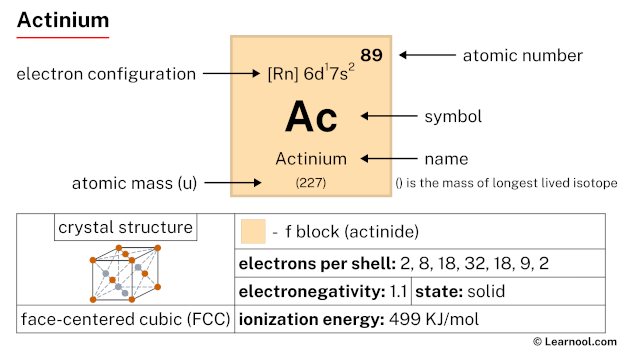 Actinium |
90 Th 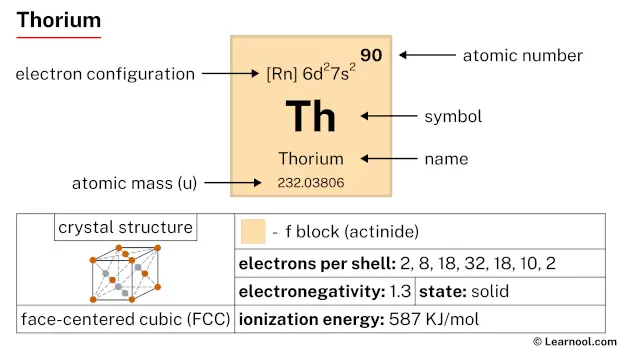 Thorium |
91 Pa 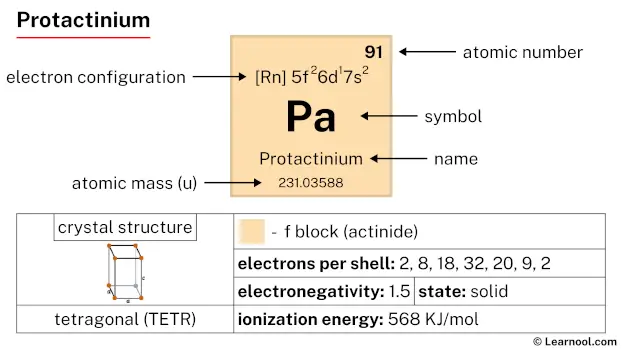 Protactinium |
92 U 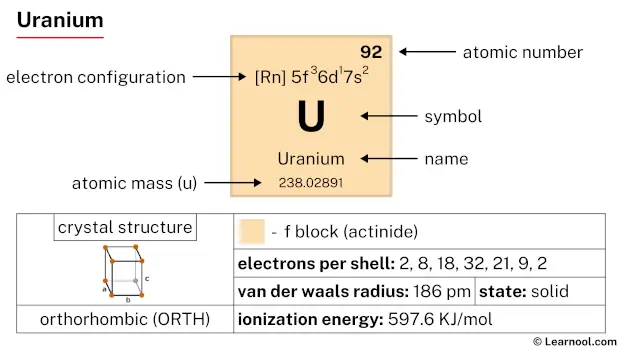 Uranium |
93 Np 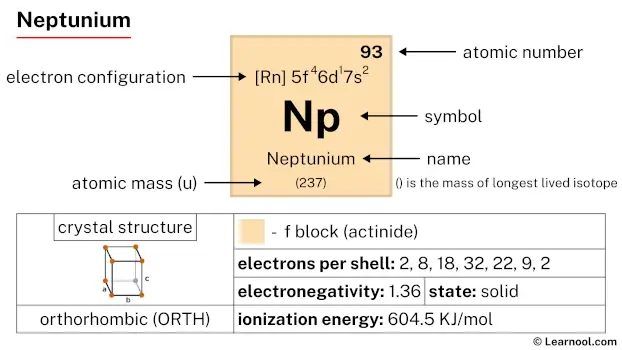 Neptunium |
94 Pu 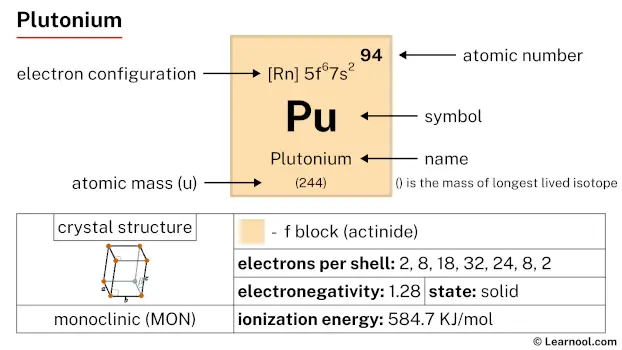 Plutonium |
95 Am 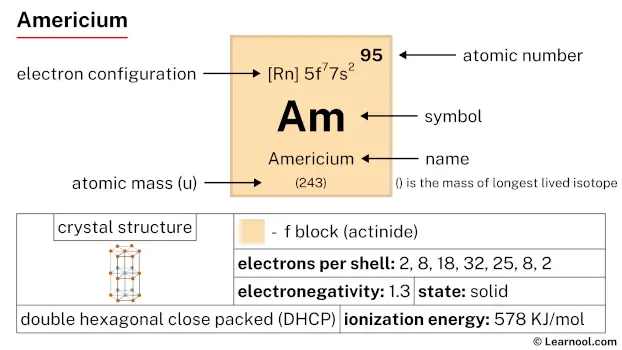 Americium |
96 Cm 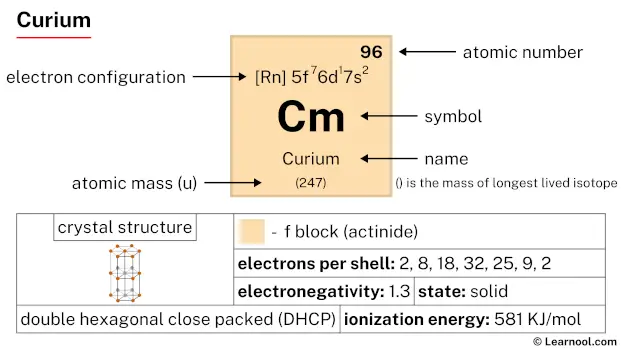 Curium |
97 Bk 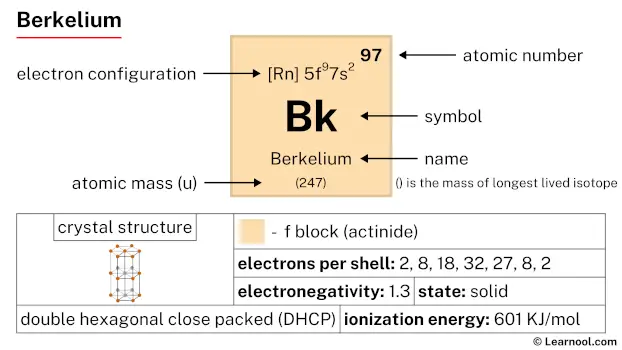 Berkelium |
98 Cf 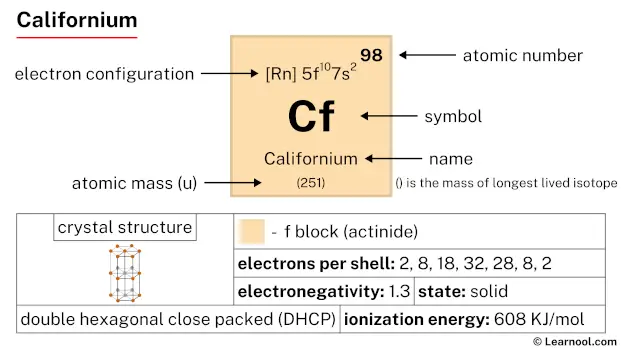 Californium |
99 Es 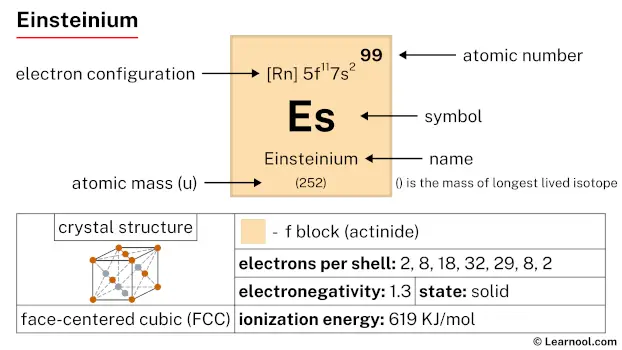 Einsteinium |
100 Fm 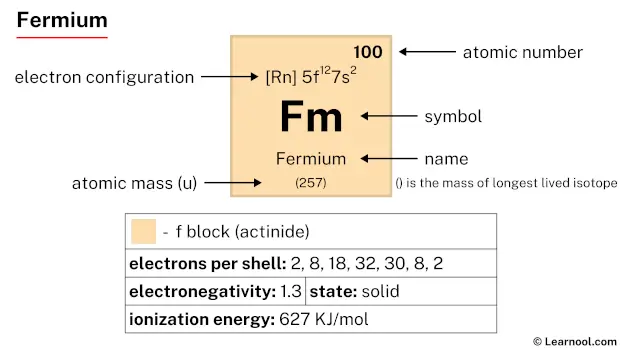 Fermium |
101 Md 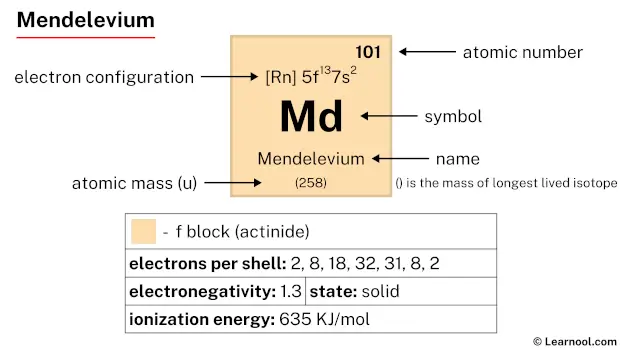 Mendelevium |
102 No 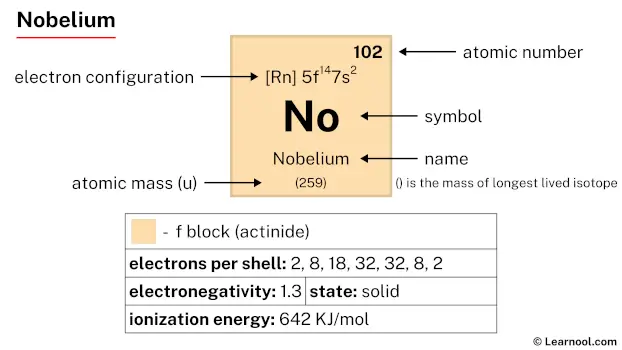 Nobelium |
103 Lr 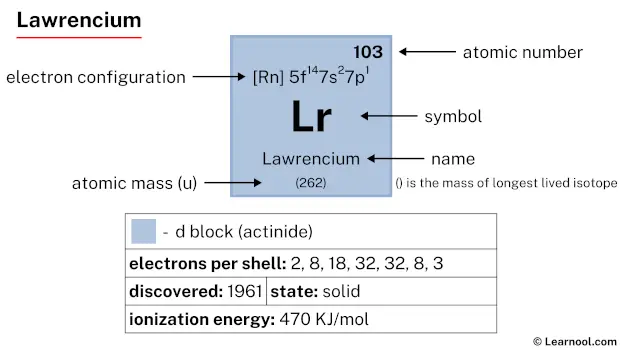 Lawrencium |
|||||
| – d block |
Palladium is a d-block element, found in the tenth column and the fifth row of the periodic table. It has the atomic number 46 and is denoted by the symbol Pd.
Element information
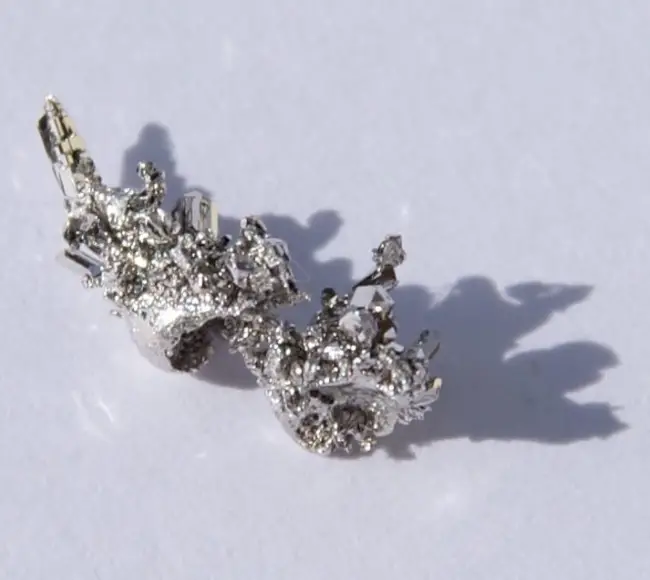 |
|
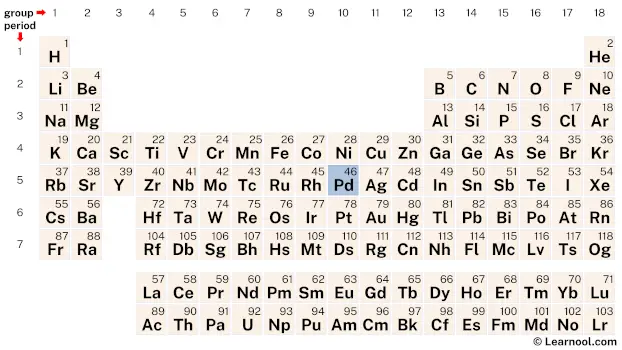 |
|
| Origin of name | named after asteroid Pallas |
| Symbol | Pd |
| Atomic number (Z) | 46 |
| Atomic mass | 106.42 u |
| Block | d-block |
| Group | 10 |
| Period | 5 |
| Classification | Transition metal |
| Atomic radius | 137 pm |
| Covalent radius | 139±6 pm |
| Van der Waals radius | 163 pm |
| Melting point | 1554.9 ℃, 2830.82 ℉, 1828.05 K |
| Boiling point | 2963 ℃, 5365 ℉, 3236 K |
| Electron configuration | [Kr] 4d10 |
| Electrons per shell | 2, 8, 18, 18 |
| Crystal structure | Face-centered cubic (fcc) |
| Phase at r.t | Solid |
| Density near r.t | 12.023 g/cm3 |
| Main isotopes | Palladium-102, Palladium-104, Palladium-105, Palladium-106, Palladium-108, Palladium-110 |
| Natural occurrence | Primordial |
| Oxidation state | 0, +2, +4 |
| Electronegativity (Pauling scale) | 2.20 |
| Protons Neutrons Electrons |
46 60 46 |
| CAS number | 7440-05-3 |
| Discovered by | WilliamWilliam Hyde Wollaston in 1802 |
History

Palladium was discovered in 1803 by the English chemist William Hyde Wollaston while he was analyzing samples of platinum ore from South America. During his investigation, Wollaston observed a new metal that he initially thought was a platinum byproduct. He named the metal after the asteroid Pallas, which had been discovered two years earlier.
However, Wollaston was not the only one who discovered palladium. Another chemist, Richard Chenevix, also reported the discovery of a new metal from platinum ore samples in 1803. Chenevix named the metal “palladium” after Pallas Athena, the goddess of wisdom in Greek mythology.
It was later discovered that Wollaston and Chenevix had actually discovered the same metal independently, and the naming discrepancy occurred because they published their findings in different journals. Despite this, the name “palladium” became widely accepted and continues to be used today.
Occurrence and production
Palladium is found in nature as a free metal and alloyed with other metals such as gold, silver, nickel, and copper. The major producers of palladium are Russia, South Africa, and Canada, with smaller amounts produced in the United States and other countries.
Palladium is primarily extracted from mines that produce platinum and nickel ores. The process involves separating palladium from other metals in the ore through a series of chemical reactions and processes, including smelting, refining, and electroplating. Recycling of palladium from waste streams such as spent catalytic converters is also an important source of palladium production.
Properties
Palladium is a silvery-white, lustrous metal with a face-centered cubic crystal structure and a density of 12.023 g/cm3.
It has a melting point of 1554.9 ℃ and a boiling point of 2963 ℃.
Palladium is one of the least reactive metals, and is resistant to corrosion and tarnishing at ordinary temperatures.
It has a high catalytic activity and is commonly used as a catalyst in various industrial processes, such as petroleum refining, synthetic rubber production, and the production of nitric acid.
Palladium has excellent hydrogen storage properties, making it a promising material for use in fuel cells and hydrogen storage devices.
It also has a high electrical conductivity and is used in the electronics industry for electrical contacts, switches, and connectors.
Palladium is one of the six platinum group metals and is often found along with other platinum group metals, particularly in the ores of nickel and copper.
It has numerous isotopes, with the most stable being palladium-106 which has a half-life of 5.3 million years.
Palladium is considered a precious metal and is used in jewelry making, often alloyed with gold and silver to create white gold or other alloys.
Applications
Palladium is widely used in catalysis, particularly in automotive catalytic converters, where it helps to convert harmful pollutants in car exhaust into less harmful substances.
Palladium is also used in electronics, as it is a good conductor of electricity and can be used in capacitors, resistors, and other electronic components.
Palladium is used in the jewelry industry, often as a substitute for more expensive metals such as platinum and white gold.
Palladium is used in dentistry for making crowns and other dental work, as it is biocompatible and can be used in the body without causing harm.
Palladium is used in hydrogen purification, as it can absorb hydrogen gas and remove impurities.
Palladium is used in the production of chemicals such as acetic acid and methanol.
Palladium is used in the production of high-end watches due to its resistance to tarnishing and corrosion.
Palladium is used in the production of fuel cells, which can convert hydrogen and oxygen into electricity without producing harmful emissions.
Palladium is used in the production of alloys, particularly with platinum and other platinum-group metals, to improve their mechanical properties and resistance to corrosion.
Interesting facts
Palladium is one of the “platinum group” elements, along with ruthenium, rhodium, osmium, iridium, and platinum itself.
It has the lowest melting point and density of all the platinum group elements.
Palladium is used in many industrial applications, such as catalytic converters in automobiles, electronics, and jewelry making.
In 2020, palladium had a higher market value than gold, making it one of the most valuable precious metals.
Palladium is also used in dentistry for making crowns and bridges due to its biocompatibility and resistance to corrosion.
Palladium has been found to have antimicrobial properties and is being studied for potential use in medical implants.
The name palladium comes from the asteroid Pallas, which was discovered two years before the element itself was discovered.
Palladium has the ability to absorb up to 900 times its own volume of hydrogen gas, which makes it useful for hydrogen storage in fuel cells.
Related
More elements
External links
- https://www.rsc.org/periodic-table/element/46/palladium
- https://en.wikipedia.org/wiki/Palladium
- https://www.britannica.com/science/palladium-chemical-element
- https://education.jlab.org/itselemental/ele046.html
- https://pubchem.ncbi.nlm.nih.gov/element/Palladium
- https://www.chemicool.com/elements/palladium.html
- http://pubs.acs.org/cen/80th/palladium.html
- https://www.investopedia.com/terms/p/palladium.asp
Deep
Learnool.com was founded by Deep Rana, who is a mechanical engineer by profession and a blogger by passion. He has a good conceptual knowledge on different educational topics and he provides the same on this website. He loves to learn something new everyday and believes that the best utilization of free time is developing a new skill.
